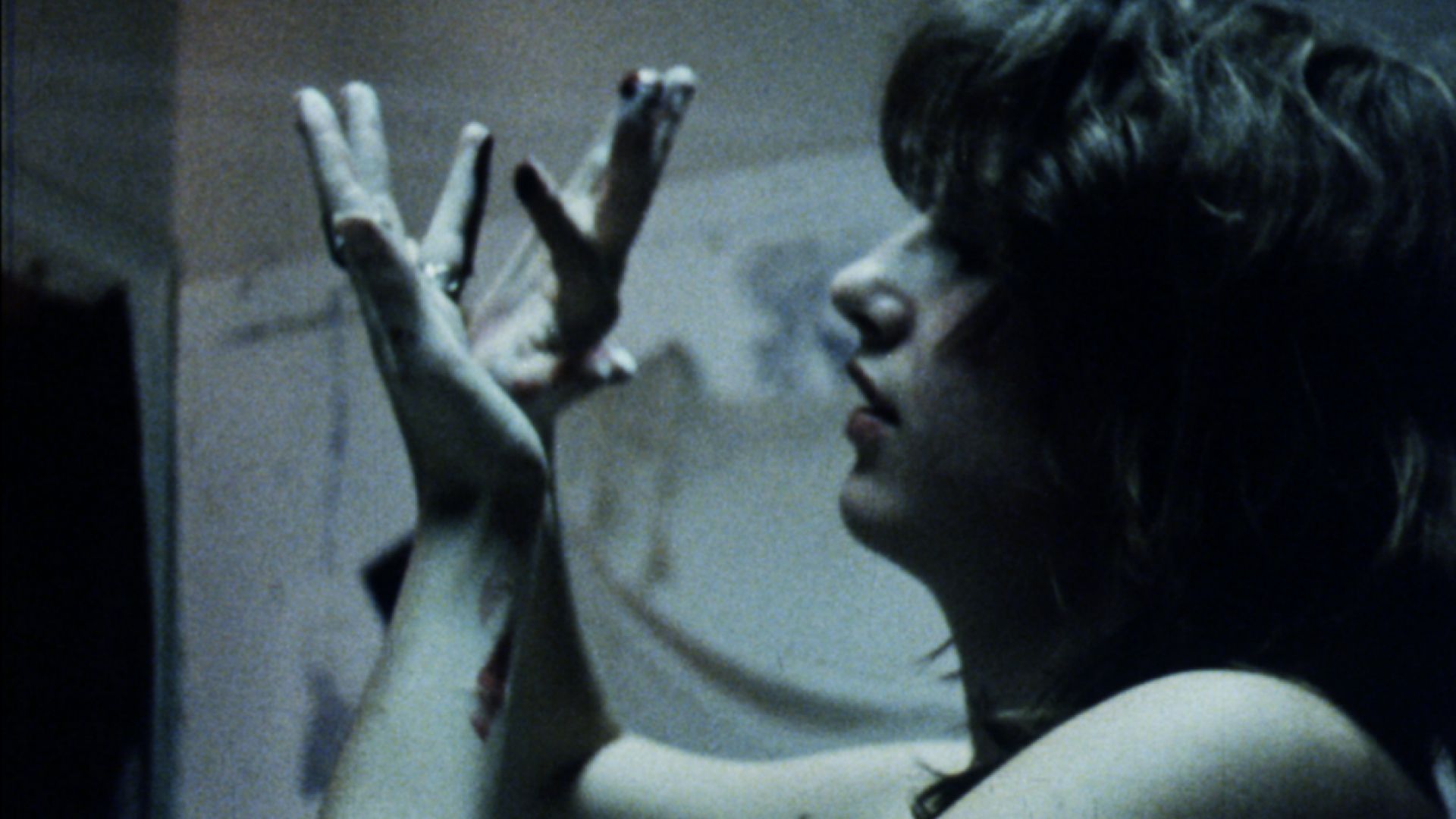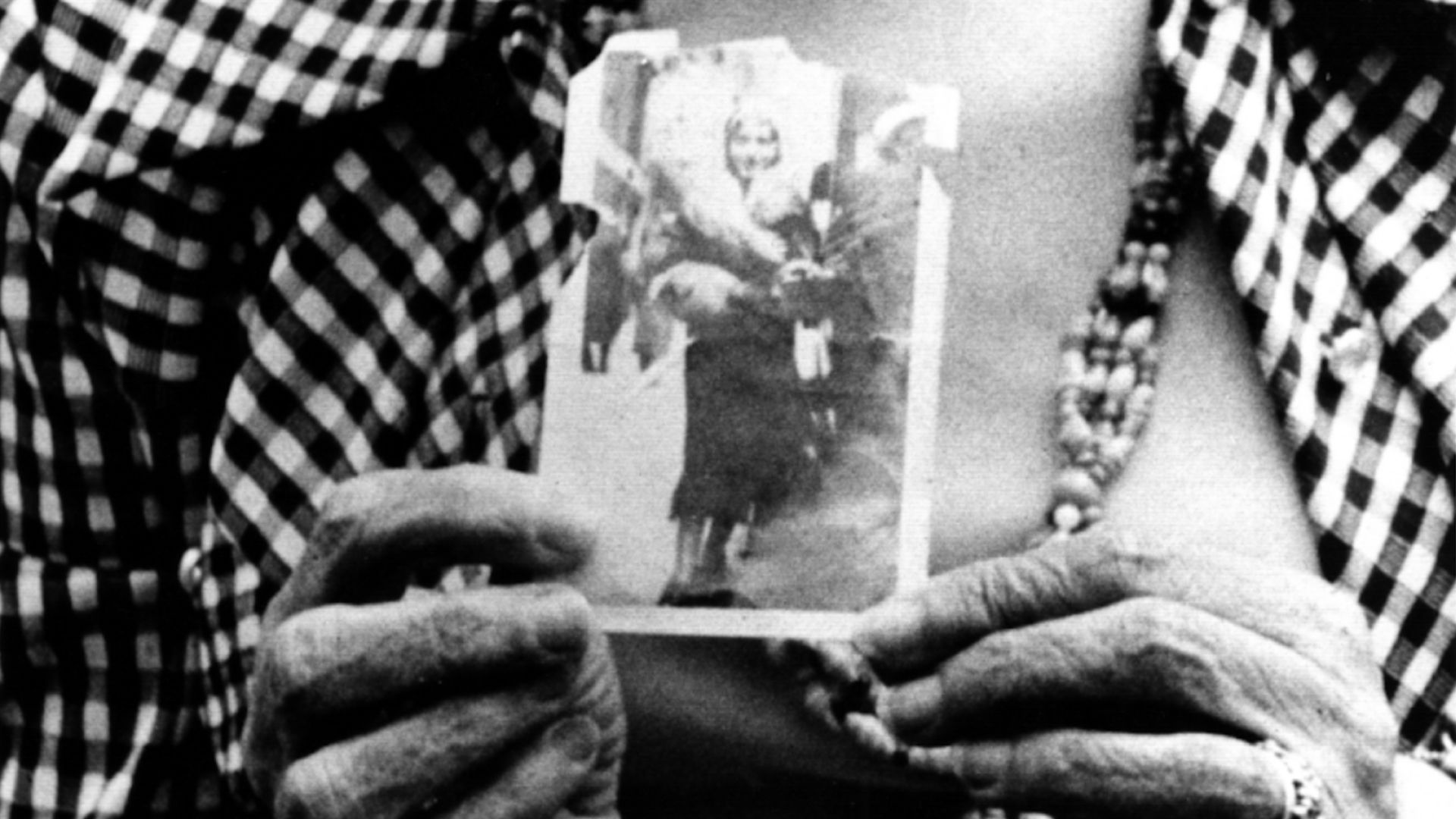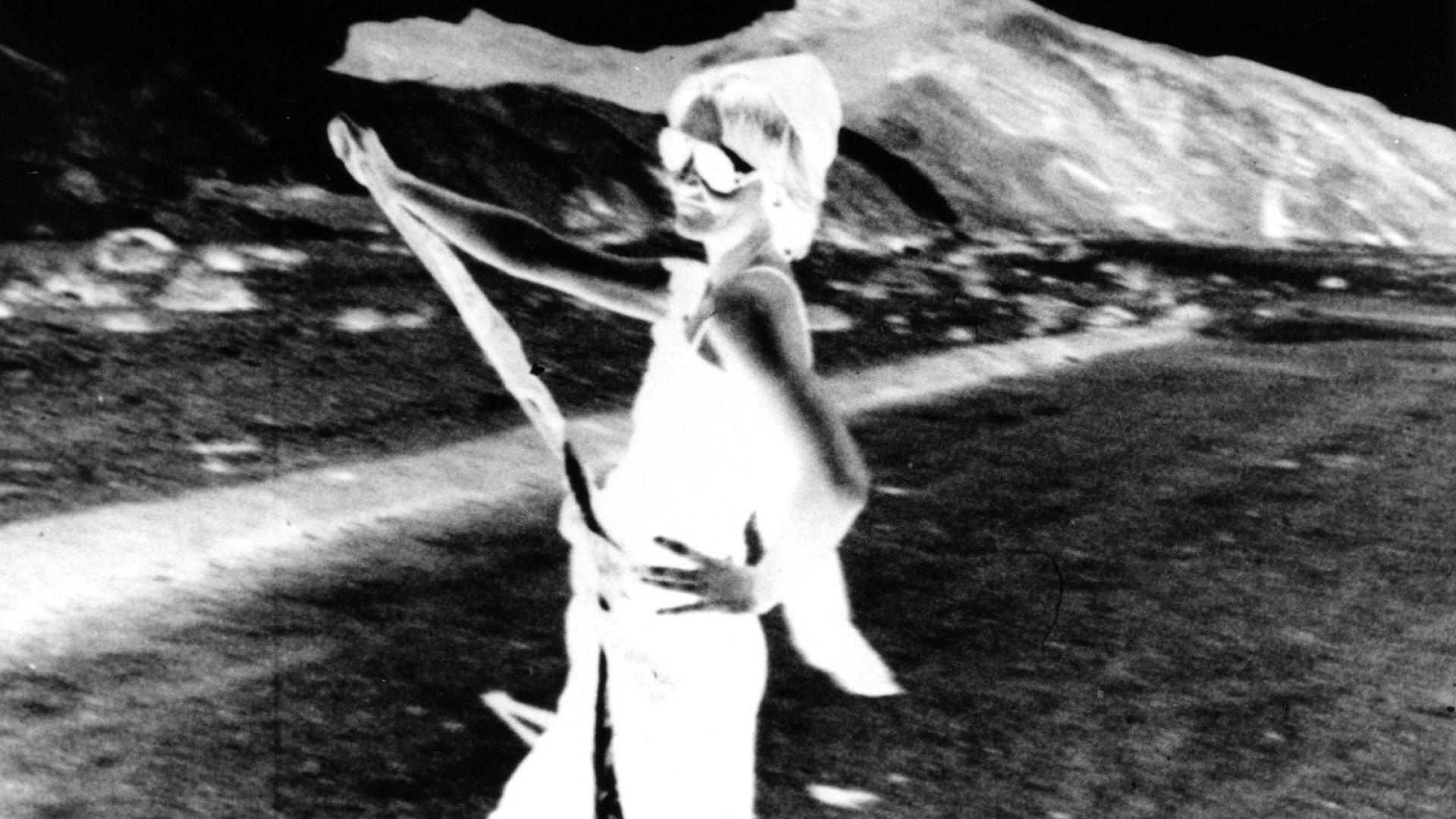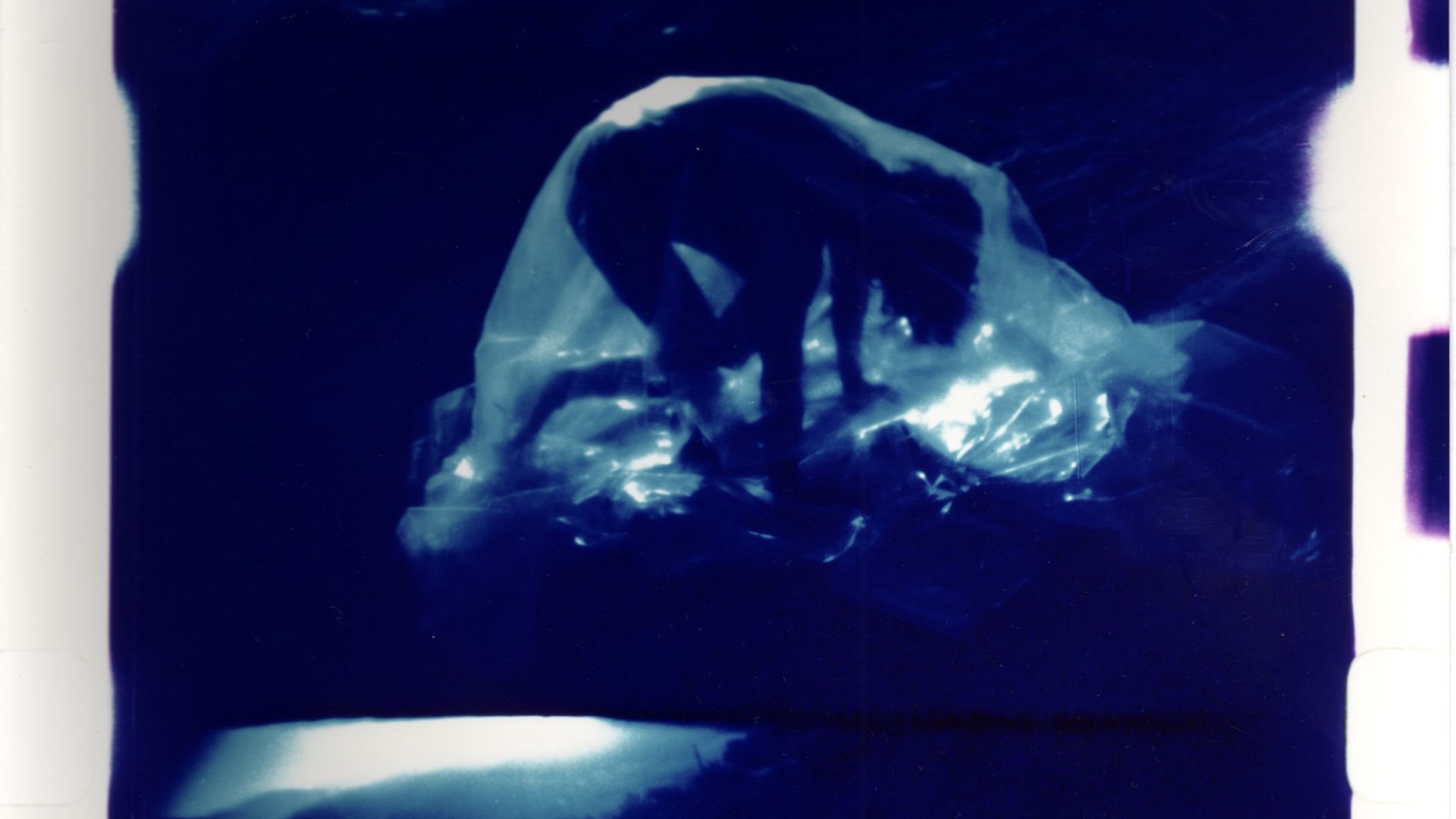BETZY BROMBERG
PROGRAMME 1
Filmoteca de Galicia | Wednesday June 4th | 8:00 pm | Free entry to all venues until full capacity. It will not be possible to enter the venues after the screening has started.

Petit Mal
Betzy Bromberg | 1977 | USA | 16 mm | 18 min
The abstracted voice of one and many women searching. (Betzy Bromberg)

Ciao Bella
Betzy Bromberg | 1978 | USA | 16 mm | 9 min
A personal film about love and mortality. (Betzy Bromberg)

Soothing the Bruise
Betzy Bromberg | 1980 | USA | 16 mm | 21 min
Sex roles, consumption and destruction in America. (Betzy Bromberg)

Marasmus
Betzy Bromberg, Laura Ewig | 1981 | USA | 16 mm | 24 min
A woman’s response to technology / the jet lag of birth. (Betzy Bromberg, Laura Ewig)
BETZY BROMBERG
MICRO AND MACRO
Betzy Bromberg began making films in the late seventies. Within the diversity of her films from then until now, there is one question that has always seemed to be relevant: how to achieve a macroscopic breadth of vision based on the microscopic; how to contain an entire universe by framing only a small nook of reality. Whereas her early films focus on certain subjects and places, relating them to the structural political and social levels that pull the strings of the world, in her later films the focus shifts to the small, to that which can barely be discerned without magnifying the camera’s optics and its possibilities. She seems to delve into the deepest recesses of human nature, which contains within itself an infinite spiritual and cultural world. These early films exude agitation, contact and confrontation, whereas the later ones suggest the need for introspection to remove noise from the world in order to gain access to other essential truths. In any case, both are signs of a way of working based on directed, concentrated observation, on thought in action through moving images and the material nature of cinema.
Bromberg began her career in New York, where she filmed the two movies that open the first programme: Petit Mal (1977) and Ciao Bella (1978). Both are connected to street life, to the unglamorous spots of the city, to a certain sordidness seen with tenderness and empathy. These are films that are constantly moving and associating ideas, with a punk-like feel. They resonate to the beat of a sound collage of everyday speech, radio soundbites, answering machines, sounds of all kinds, and varied conversations. Petit Mal (1977) is the portrait of a young woman suffocated by the boxed-in place left to her by society and by relationships, and her ways of escaping from it. Ciao Bella (1978), on the other hand, plays with images of a torrid New York, strip clubs, bikers and the dangerous presence of desire. There is something omnipresent but at the same time elusive, double-edged. After these films, Bromberg moved to Los Angeles, where she studied film with Chick Strand. In Soothing the Bruise (1980), she continues to explore women’s uneasiness within the patriarchy and recalcitrant neoliberalism. The feminine and the masculine clash: once again, women’s bodies are objectified in the form of topless clubs and girls working the street, and the expression of a certain masculinity (linked to business) is also embodied in the truck drivers who stop at roadside bars. Large-scale politics thus intermingles with everyday situations, the bellicosity of manliness, buying and selling, and transactions as the only possible forms of relating to one another. Without losing any punk moments, Marasmus (1981), made in collaboration with Laura Ewig, edges closer to abstraction and the manipulation of images to generate immersive states. The word marasmus refers to childhood malnutrition that prevents normal development and growth. The movement of the city towards other places is emphasized in landscapes that are sometimes apocalyptic, industrial ruins; sometimes imposing. Between dream and nightmare, the stylized images of Marasmus and its sound collage seem to indicate the chaos that our technified, ruthless society is hurling us into.
The second programme features one of Bromberg’s feature films, A Darkness Swallowed (2005), which seems to be the ultimate refinement of works from the 80s and 90s such as Az Iz (1983) and Divinity gratis (1996), in which Bromberg addresses human beings as one species among all the other species, depicting the marvellous yet devastating effects of civilization, while also speaking of life and death in films where she progressively casts aside words to immerse us in a more sensorial world. She does so with images that go into increasing detail, into the organic, and sounds that gradually bring about an atmosphere of meditation that is at times disturbing. For its part, A Darkness Swallowed (2005) explores memory using an old photograph. In some way, this confronts us with the idea of cinema as a machine for generating mental images, the decoding of which is not as objective or direct as it might seem. In its shift toward abstraction, Bromberg’s camera increasingly zooms in on natural structures like resin, organic substances and materials, and also on light as a decisive element: all the things that could well hold the entire memory of the Earth. Society’s rationales are belittled in their pettiness when confronted with the permanence and stubbornness of nature and the world’s subconscious.
We are dedicating the third programme to her most recent feature film, Glide of Transparency (2016‒17), the culmination of the trilogy beginning with A Darkness Swallowed (2005) and continuing with Voluptuous Sleep (2011). Whereas Voluptuous Sleep poses a delicate, dark abstraction, Glide of Transparency takes us to colour, to the translucent, to a kind of garden that we contemplate like intoxicated bees travelling from flower to flower. It is a luminous film (a film about light), a caressing and almost soothing one; an immersion into the soft and the loving. We reach the microscopic level, amplified by her know-how and by the movie screen. There is no longer any language that is articulable in any way; we are crossing the threshold towards pure emotion.
This is a journey, then, that begins on the street with its dirt and turmoil, and ends by transcending through the cyclical and the eternal, because one gains awareness by looking at the details, whether it is in everyday urban life or the intricate world of nature.
Elena Duque
